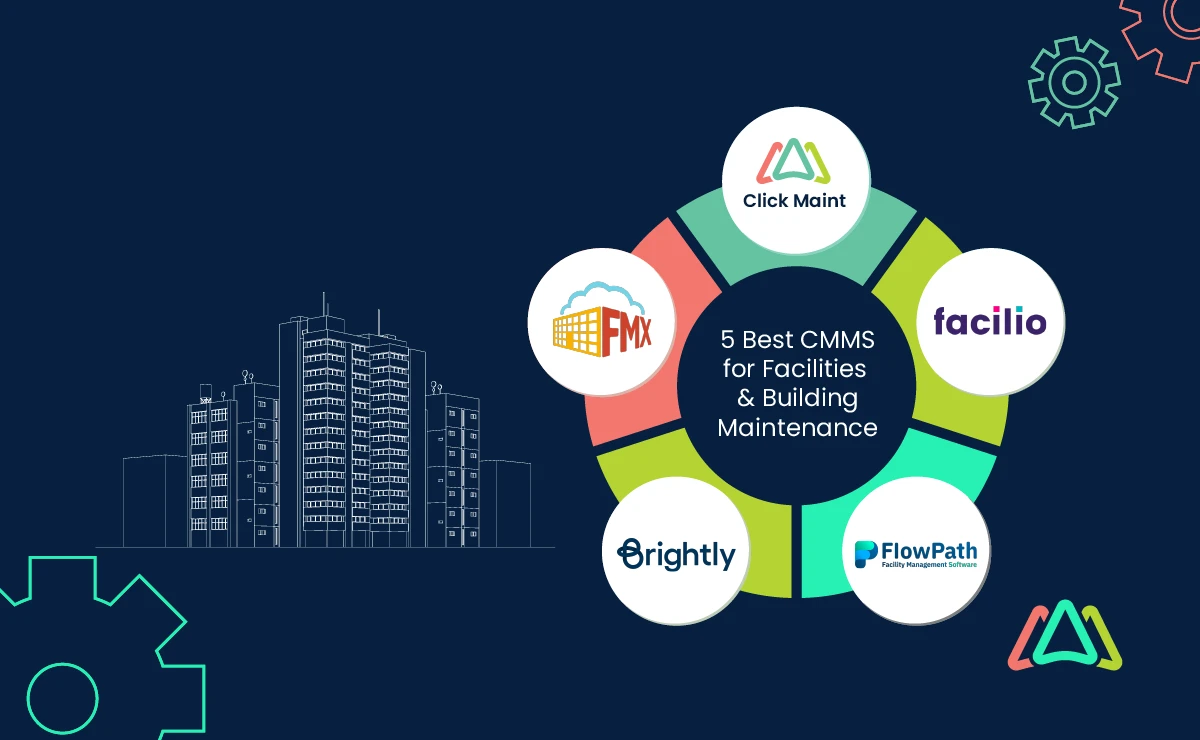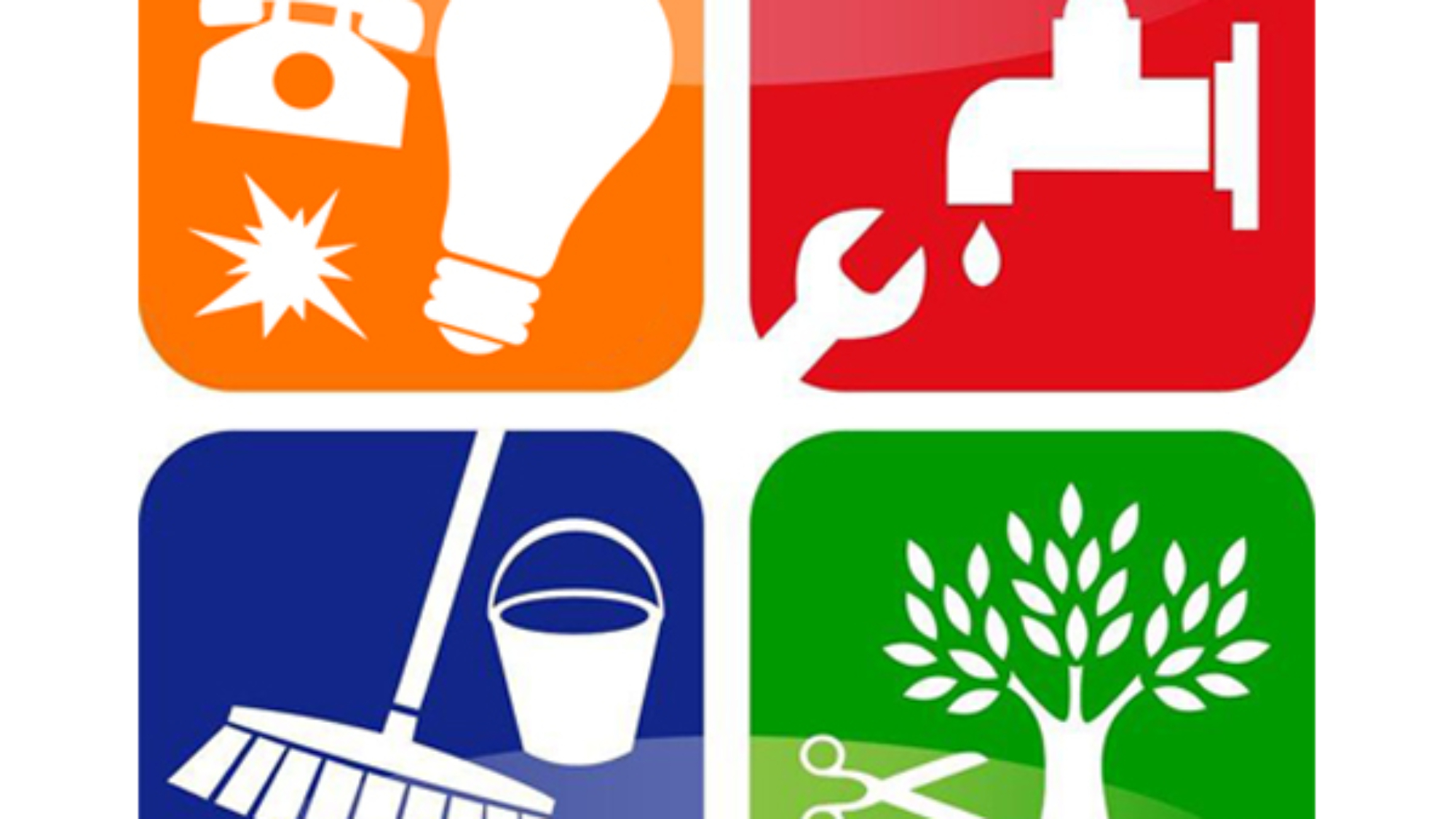The Duty of Facility Management in Sustainable Workflow
Wiki Article
The Essential Guide to Facility Monitoring: Approaches for Success
Center administration plays a critical duty in the overall success of a company, offering as the backbone that sustains efficiency, security, and performance. The subtleties of reliable facility monitoring extend past mere logistics and require a detailed understanding of both qualitative and quantitative metrics.Comprehending Facility Management
What constitutes efficient center management? Efficient center monitoring encompasses the coordination of various organizational functions to make certain that developed settings are risk-free, reliable, and for efficiency. It incorporates the concepts of engineering, design, and company administration to develop a smooth operational flow within an organization.Key elements of facility monitoring consist of space preparation, upkeep monitoring, and conformity with health and wellness policies. Room planning concentrates on enhancing making use of physical sources to support organizational objectives, while upkeep management ensures that facilities are maintained in optimum condition, maximizing life-span and lowering functional prices. Compliance with governing and legal criteria is crucial, as it safeguards the organization against prospective obligations and boosts its track record.
Furthermore, reliable center monitoring counts on the calculated use technology, such as Structure Administration Systems (BMS) and Computer-Aided Facility Management (CAFM) devices. These technologies promote real-time monitoring of building systems and enhance maintenance processes (Facility Management). Ultimately, an extensive approach to center administration not only promotes operational efficiency yet likewise promotes a positive environment for workers and site visitors alike, driving general organizational success

Trick Techniques for Optimization
Optimizing center monitoring requires a calculated method that straightens functional experiment organizational goals. To attain this, the first key method is the implementation of incorporated technical services. Utilizing advanced software program systems enables real-time monitoring of facility operations, assisting in data-driven decision-making and boosting overall efficiency.Secondly, routine analyses of facility efficiency are necessary. Conducting regular assessments and audits allows facility supervisors to recognize locations that require improvement, guaranteeing that sources are allocated properly. This aggressive approach helps in minimizing downtime and boosting service delivery.
An additional crucial approach is fostering collaboration throughout departments. By motivating open interaction between groups, facility managers can much better straighten their strategies with business goals, leading to boosted functional synergy. Furthermore, engaging staff in training programs advertises a society of responsibility and boosts their capacity to add to optimization efforts.
Enhancing Security Methods
Reinforcing safety protocols is essential for producing a secure environment within facilities. A thorough safety method not only protects site visitors and employees yet likewise enhances functional efficiency. Facility Management. To attain this, facility managers need to perform normal threat analyses to guarantee and determine prospective dangers that ideal actions are in area
In addition, clear interaction networks should be established to report security concerns without delay. This consists of creating an easily accessible system for staff members to articulate prospective risks or events without her response anxiety of . Leveraging modern technology can boost security steps; for instance, executing security systems and access controls assists keep track of center activities and restrict unapproved entrance.
Last but not least, conformity with local guidelines and sector criteria is non-negotiable. YOURURL.com Routine audits and testimonials of safety and security methods make sure positioning with current regulations and ideal techniques. By focusing on these strategies, facility managers can cultivate a society of security that safeguards all stakeholders and inevitably adds to the company's success.
Improving Workplace Setting
A favorable office setting substantially enhances worker morale and performance, making it an essential focus for center administration. To create such an atmosphere, center managers need to focus on a number of key aspects, consisting of functional designs, visual appeals, and worker involvement.Ergonomic considerations are vital to minimize physical stress and discomfort. This includes providing flexible furnishings, appropriate lights, and ample space for movement. These modifications can bring about reduced absenteeism and boosted job contentment.
Visual appeals play a vital role fit the office ambience. Utilizing color psychology, natural lights, and plant can promote a promoting and welcoming environment. Attentively made spaces can boost creativity and improve overall health.
Furthermore, encouraging employee involvement through inclusive decision-making processes can enhance the sense of ownership and belonging. Gathering feedback on work environment renovations and involving staff members in the layout procedure can result in a much more tailored environment that fulfills their requirements.
Lastly, advertising health campaigns, such as health cares and leisure areas, can further add to a supportive work environment culture. By concentrating on these techniques, facility supervisors can efficiently boost the workplace setting, driving both worker satisfaction and business success.
Gauging Success in Facilities
Gauging success in center monitoring calls for a thorough strategy that assesses both qualitative and measurable metrics. Measurable metrics generally consist of key performance indicators (KPIs) such as space utilization rates, power usage, upkeep expenses, and occupancy degrees. These metrics provide a clear photo of operational performance and monetary efficiency, enabling center managers to identify areas for enhancement and standard against market requirements.Qualitative metrics, on the other hand, emphasis on customer satisfaction and employee interaction. Surveys and feedback mechanisms can assess exactly how well the facilities fulfill the requirements of residents, helping to examine the general workplace setting. This element is crucial, as a pleased labor force is frequently connected websites to raised productivity and retention prices.
To properly determine success, facility supervisors must also take into consideration incorporating technology, such as developing administration systems and information analytics tools, to gather and examine relevant data. Regularly assessing both sets of metrics enables a much more well balanced sight of performance and educates strategic choices. Inevitably, an effective center monitoring strategy hinges on a commitment to constant enhancement, ensuring that both operational efficiencies and customer complete satisfaction are focused on.

Conclusion
In conclusion, effective center management is crucial for boosting business efficiency. By implementing integrated technical services, performing routine assessments, and cultivating collaboration across departments, companies can accomplish optimal source allotment and functional effectiveness. Focusing on security protocols and boosting office environments additionally add to increased worker contentment. Lastly, gauging success through both qualitative and quantitative metrics permits continuous improvement, eventually bring about decreased functional expenses and an extra effective business environment.Center management plays a vital function in the total success of a company, offering as the foundation that sustains efficiency, productivity, and safety.Key aspects of facility management include area planning, maintenance monitoring, and conformity with wellness and safety and security laws.In addition, efficient facility management counts on the critical usage of innovation, such as Building Monitoring Solution (BMS) and Computer-Aided Facility Management (CAFM) devices. Eventually, an extensive technique to facility administration not only advertises functional performance however likewise fosters a favorable atmosphere for visitors and workers alike, driving overall business success.
Ultimately, an effective facility administration method hinges on a commitment to continual renovation, guaranteeing that both functional effectiveness and user fulfillment are prioritized.
Report this wiki page